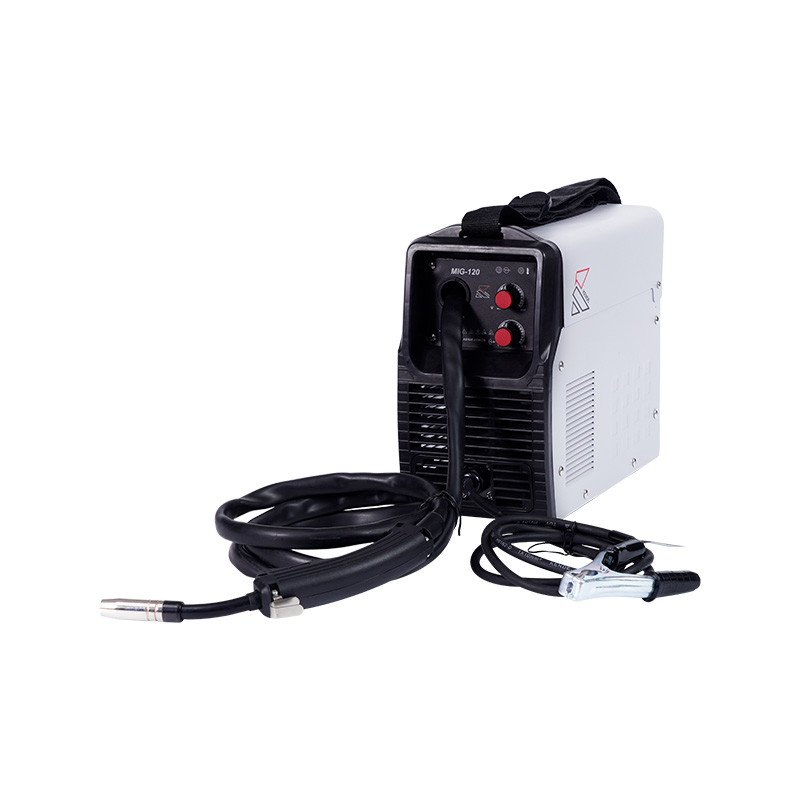Welding technology has come a long way since its inception, and one of the most significant advancements in recent years is the Pulse MIG (Metal Inert Gas) welding machine. This innovative technology has revolutionized the world of metal fabrication and welding, offering superior control, efficiency, and quality in the joining process.
The Essence of Pulse MIG Welding
Pulse MIG welding is an advanced welding process that combines the benefits of traditional MIG welding with pulse technology. In standard MIG welding, a continuous arc is maintained between the electrode and the workpiece. In Pulse MIG welding, the arc is modulated, creating a series of controlled pulses that make it easier to control the heat input and weld pool.
Applications Across Industries
Pulse MIG welding is a versatile technology with applications spanning a wide range of industries:
Automotive: In the automotive sector, Pulse MIG welding is used extensively for joining automotive frames, body panels, and other critical components. The precise control it offers is especially valuable for creating strong and aesthetically pleasing welds.
Aerospace: Pulse MIG welding plays a pivotal role in aircraft manufacturing. It's used to weld lightweight, yet high-strength aluminum and stainless steel components, ensuring the structural integrity of aircraft.
Construction: From steel frame structures to intricate architectural elements, Pulse MIG welding is used to create strong and durable joints, vital for the construction industry.
General Fabrication: In general fabrication, this technology is employed for a wide range of applications, including welding machinery, manufacturing equipment, and custom metalwork.
The Pulse MIG Advantage
Pulse MIG welding offers several advantages that make it a preferred choice in many applications:
Reduced Heat Input: Pulse MIG welding controls the heat input to the workpiece, minimizing the risk of distortion, warping, and burn-through, especially when working with thinner materials.
Spatter Reduction: The pulsed arc helps reduce spatter, resulting in cleaner and more aesthetically pleasing welds. This is particularly important for applications where a smooth finish is required.
Less Fume and Smoke: The controlled pulses lead to a more stable arc, reducing the emission of welding fumes and smoke. This is essential for a healthier work environment.
Improved Control: Pulse MIG welding provides precise control over the weld pool, wire speed, and amperage. This level of control is beneficial when welding different materials and thicknesses.
Challenges and Technological Advancements
While Pulse MIG welding offers numerous advantages, it does come with certain challenges. Effective gas shielding and managing the welding parameters require proper training and expertise. Additionally, the initial cost of Pulse MIG welding equipment can be higher than traditional MIG machines.
Technological advancements are continuously addressing these challenges. Modern
Pulse MIG welding machines are equipped with user-friendly interfaces and automated settings, making them more accessible to a wider range of users. Furthermore, improved gas delivery systems and wire feeding mechanisms enhance the overall performance and efficiency of the process.

 2023.11.24
2023.11.24
 Industry News
Industry News
